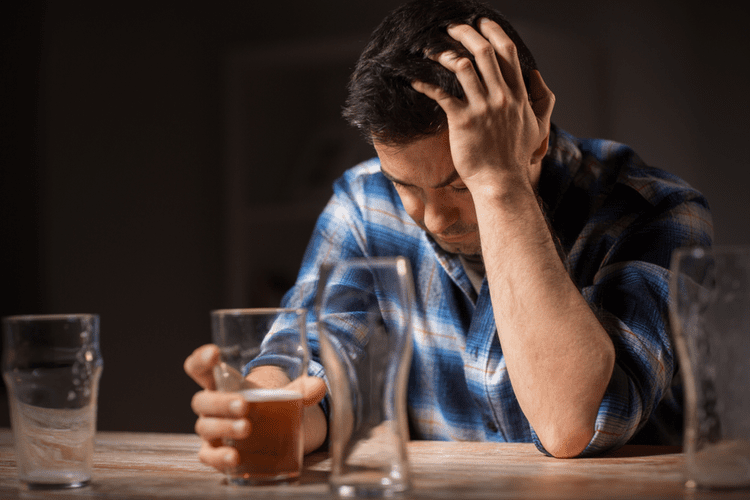Imagine standing there, but instead of being alone, you have support—a place that helps bridge your journey from addiction treatment toward reintegrating back into society. But the department also has been seeking to disperse the anti social elements among those on welfare. Firstly, for the Empowerment house, the individual must be a woman with a child or children. Secondly, each individual must express a desire to turn away from their addictive lifestyle and demonstrate a willingness to remain clean and sober. Additionally, each individual must complete all intake forms, including the application and liability waivers.
- The idea of sober living on college campuses is to help students maintain their recovery while they keep up their studies.
- These living homes aren’t just places for recovery—they’re stepping stones back into society.
- It offers a safe and supportive place where they can continue their recovery from addiction to drugs or alcohol after leaving inpatient treatment programs, federal prison, or the streets as a homeless person.
- It is advised not to wear excessively tight and revealing or provocative clothes, such as see-through clothing.
It allows you to live your life to the fullest, experience all of life’s adventures, make the most out of relationships, and be present in the moment. It doesn’t come without its challenges, however, and it’s beneficial to be around people one twelve halfway house who can support you on this journey. Recreational therapy (aka therapeutic recreation) uses creative and fun activities to help with addiction recovery. Group therapy is any therapeutic work that happens in a group (not one-on-one).
Otte Hall Halfway House
They typically recommend staying days post-incompletion of an inpatient or outpatient program. Halfway houses make great transitional living facilities because they keep individual’s accountable with what are known as house rules. Each halfway house has varying rules and varying degrees of strictness. All or most, require random drug screening to ensure you are maintaining your sobriety. Others may have curfews, require chores to be done, have a set meeting schedule that is mandatory and more. This is all to ensure that your main focus is sobriety while you also begin to live your own life again.

Living in a halfway house will provide you or your loved one with a safe, drug-free (and alcohol-free) environment. At a halfway house, you will continue working on your early recovery while enjoying the peer support of your fellow recovering housemates. A halfway house is a residential place where people recovering from addiction or released prisoners reintegrate into society while receiving supportive services. This process involves learning about addiction treatment programs and understanding how they work.
What Happens After You Leave a Sober Living Facility?
Residents of halfway houses will likely be required to attend therapy or 12-step program meetings as part of the house requirements, but halfway houses themselves do not provide addiction treatment. Instead, they serve as a safe and supportive environment where recovering addicts can continue to work on their early sobriety. Sober living is the general term given to places of residence that have been designated as recovery housing. These places support the sober lifestyle and are occupied only by people who are drug and alcohol-free. Halfway houses offer a dorm-like setting, while sober homes are in quiet residential areas.

Some of them are free, but most of them require you to pay rent. In some cases, insurance will cover a stay at a halfway house, depending on the facility. These places are safe, clean, comfortable – and most important, they are drug-free. This is ideal for anyone is committed to sobriety and in need of structure, discipline, and loving support.
